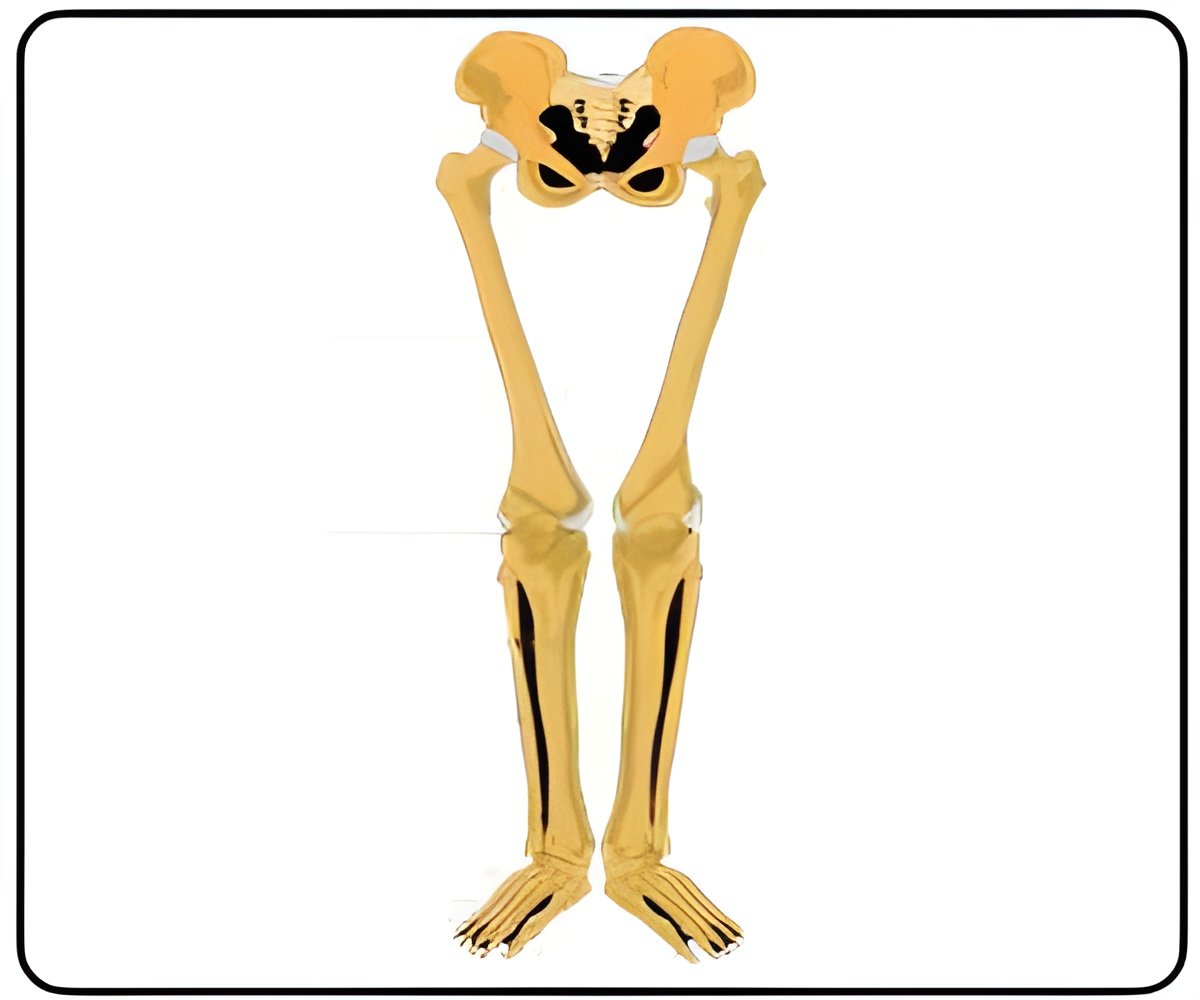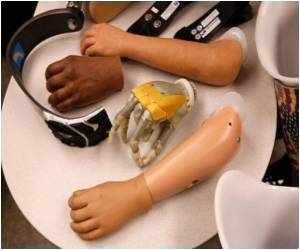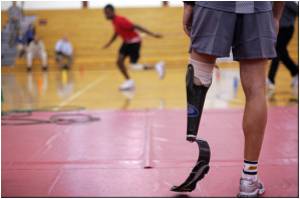Limb deformity surgeons are trying their best to make recovery after surgery a bit easier for patients, without compromising on the safety of the procedure.

The standard limb-lengthening technique requires patients to be fitted with a device called a circular external fixator. The device consists of a rigid frame made of stainless steel and high-grade aluminum. Three rings surround the lower leg and are secured to the bone in order to manipulate bone fragments with stainless-steel pins.
The study examined an alternative technique that employed an internal titanium rod in addition to the external fixator. The alternative technique significantly reduced the amount of time patients had to spend in the external fixator (from 11 months to seven months).
Preventing amputation is known as limb salvage. A prerequisite for salvaging an arm or a leg is the ability to regenerate missing bone.
Limb lengthening is used to replace missing bone or to lengthen or straighten deformed bones. Patients include children born with birth defects and patients who have suffered severe fractures or bone cancer. In trauma patients, broken bones can become infected, requiring surgeons to remove the infected segment. In bone cancer patients, the surgeon takes out a segment of bone in order to remove the tumor. The limb-lengthening technique enables the patient to grow back the section of bone lost to infection or tumor.
Limb lengthening works on a principle known as distraction osteogenesis. Four times a day, the external fixator pulls apart two bone segments, and new bone tissue fills in the gap. As a result, the bone lengthens at a rate of about 1 mm. per day. Bones can be lengthened by between 15% and 25% of their original length at a time.
Advertisement
The study was conducted at the Hospital for Special Surgery, where Dr. Bernstein completed a fellowship in limb lengthening and complex reconstruction. The study included 58 trauma patients who underwent limb lengthening. Thirty patients were treated with the standard technique. Twenty-eight patients were treated with the alternative technique, which combined the external fixator with the titanium rod implantation. In both groups, the average limb lengthening was 2.1 in.
Advertisement
Wearing an external fixator can irritate the skin and cause infections at the pin sites. Also, it’s difficult to wear clothes over the device, and sleeping can be uncomfortable.
"As soon as we get patients out of the external frame they feel better," Dr. Bernstein said. "Limb deformity surgeons are trying their best to make it a bit easier for patients, without compromising the safety of the procedure."
Source-Eurekalert











